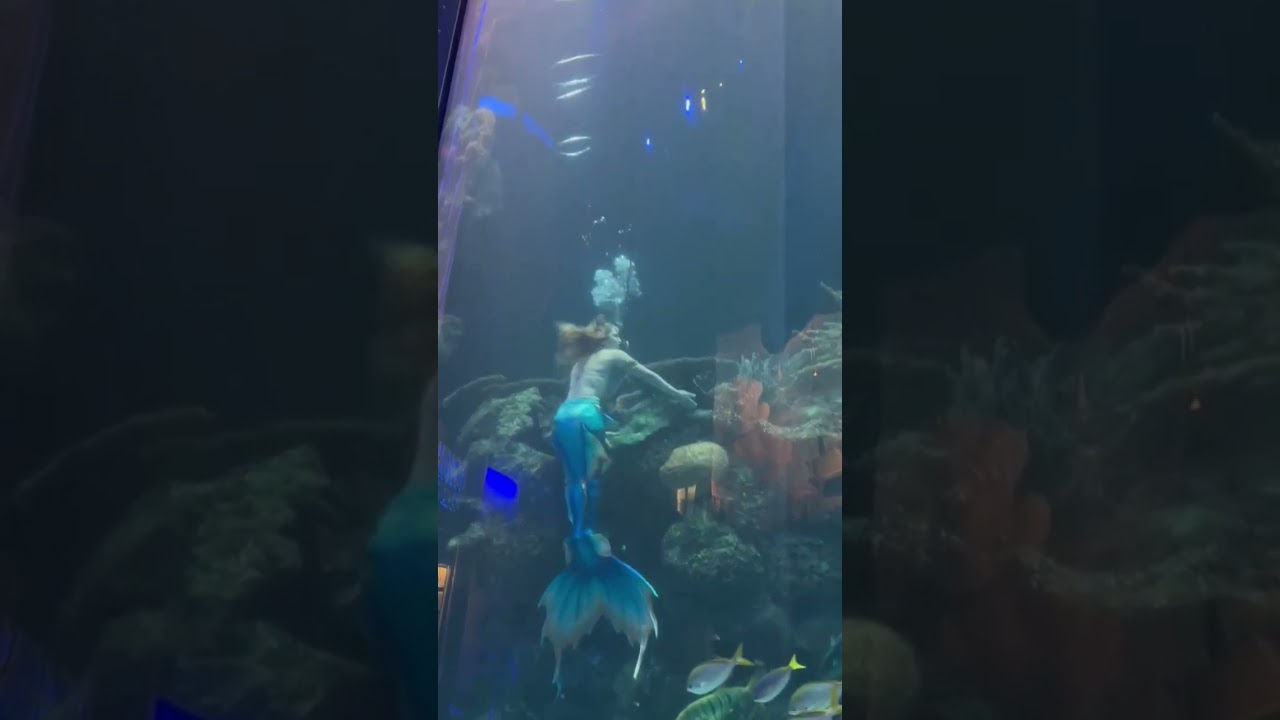- Understanding the role of mermaid attractions and their connection to marine life education and conservation.
- Insights into zoo management practices for organizing themed events.
- Assessing the impact of live animal presentations on public awareness and conservation efforts.
- Analyzing ways in which interactive and themed experiences promote environmental stewardship.
- The importance of wildlife conservation efforts in modern zoological parks.
Creating engaging interactions between humans and animals serves as a crucial component of modern zoos and aquariums. The return of mermaid-themed events, which Shelby S. has captured so beautifully, offers not just an enchanting spectacle but also an opportunity to educate the public about marine life and their habitats. These attractions play a significant role in fostering a connection between visitors and marine environments, which can enhance conservation efforts.
Mermaid-themed events often blend fantasy with factual information, allowing children and adults alike to immerse themselves in an imaginative experience while learning about ocean ecosystems. Zoos and aquariums have the important task of crafting these experiences to both entertain and educate. For many visitors, especially younger audiences, the presence of mermaids can spark curiosity about the ocean, leading to deeper interest in marine biology and conservation.
Behind such events lies the complex world of zoo management, which involves orchestrating various elements to deliver an experience that is both enjoyable and informative. Ensuring the success of these themed weekends involves coordinating with performers, managing visitor flow, and curating educational content. This process includes a detailed understanding of animal welfare laws, guest engagement strategies, and facility logistics.
A crucial component of zoo management is the emphasis on animal welfare. Any live presentations must prioritize the needs and natural behaviors of the animals involved. This ensures that the educational aspect of the event does not come at the expense of the animals’ health and well-being. Furthermore, zoos often work closely with marine biologists and conservationists to develop programs that reflect real-life environmental issues and solutions.
Interactive exhibitions, such as those featuring mermaids, are a powerful tool in cultivating public awareness. These presentations often involve storytelling and factual content that discusses the plight of marine environments, including threats like pollution and overfishing. By linking these themes to beloved mythical creatures, zoos can address complex issues in an accessible way, making them easier for the general public to grasp and engage with.
Live animal presentations also have a profound impact on audiences. By observing live creatures and interacting with knowledgeable staff, visitors can gain a firsthand understanding of various species and habitats. These experiences often inspire a sense of wonder and responsibility towards preserving natural ecosystems. The ability to witness marine life up close serves as a strong motivator for visitors to support conservation efforts, often translating to financial contributions or volunteering for conservation initiatives.
Promoting environmental stewardship through themed experiences requires meticulous planning and execution. The goal is not just to inform, but to evoke a sense of responsibility towards the environment. In doing so, zoos play a key role in shaping environmental consciousness among the public. This transition from knowledge to action is vital in today’s world, where human activities continue to threaten biodiversity.
Zoological parks position themselves as stewards of wildlife conservation. By offering themed events like mermaid weekends, they highlight the relevance of both entertainment and education in fostering a connection between humans and nature. Conservation efforts are an integral facet of these institutions, often guided by mission-driven initiatives aiming to preserve endangered species and critical habitats.
Furthermore, supporting wildlife conservation in zoological settings involves collaborative efforts with international and local conservation groups. This cooperative approach is essential for the development of effective conservation programs and advocacy. These partnerships also help bring awareness to pressing issues such as climate change and habitat destruction, encouraging collective action.
Educational events and themed attractions provide substantial value by connecting people with nature, fostering empathy, and mobilizing future generations to act in favor of wildlife preservation. By promoting awareness and change, zoos remain pivotal in the ongoing mission to maintain ecological balance. Events like these are more than temporary amusements; they serve as gateways to understanding and supporting the diverse ecosystems that define our planet.
*****
Source Description


